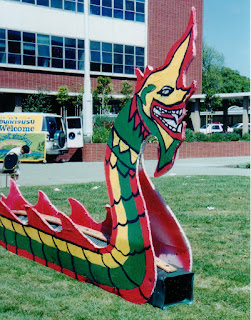Another little matter is that the reaction of the people in the private screening made it clear to me that I needed to add something to make our hero, Luis, really likeable. I know that I don't much enjoy watching a movie if I don't really like the hero and it's reasonable to believe that lots of other people feel the same way.
That little matter has been taken care of by having Luis say a few key words in a key moment. I'm not going to tell you how this was done (especially since the actor is in Spain while I'm in California), but we did it. I'm happy with the results.
 |
| Luis (Antonio de la Malena). Imagine him saying some sympathetic words. You LIKE this man. Right? |
And sound tech: well, I know one very good one who wants a whole lot of money to do the work. I know another one whose work I don't know as well who has offered to do it for me for an extremely reasonable fee. I'm giving the reasonable fee person a chance, and have my fingers crossed. If it turns out he can't do the work, I'll move on to the expensive person.
The image problems: I believe I've solved all but one of the important ones, and I believe I've found someone who will take care of the remaining important problem for me. Some of this stuff gets to be pretty complex. You create a mask that changes size and follows a point you set up in the image, and...and....
I am, therefore, still hopeful that Domino will be completed before the end of 2012.
In the meantime, Spain in general and Jerez de la Frontera in particular are falling apart. (Jerez is where we filmed Domino.) I'm just going to tell one horror story here to illustrate my point: for 3 weeks, ending last Thursday, the garbage collectors were on strike. (I understand the actual garbage collectors were willing to go back to work after only a few days, but their bosses wouldn't agree.)
 |
| I pulled this photo off of a news article dated Nov. 22. |
Garbage piled up in very large quantities. Rats began breeding (to say nothing about the odor). In desperation, people started setting the big garbage containers on fire, which brought out the fire department who, because the people were really angry, had to call in the police to be able to put out the fires.
Think of it for a moment. Think what it would be like if in your neighborhood, there was no garbage collection for 3 weeks. Then think what it would be like in the business district, particularly around restaurants. Then imagine that you are in a place with few trees and less grass, in which many houses go right up to the street and in which things, when not collected, really begin to pile up fast.
By the way, garbage in Jerez is normally collected on a daily basis. There is one very large garbage container for each block or so, and everyone takes their garbage out in plastic bags and tosses them into the large containers. And for three weeks....
OUR NEXT POST will be about A Zest for Life in the Berkeley Video & Film Festival (scheduled for 4pm on Sunday, Dec. 9).










































